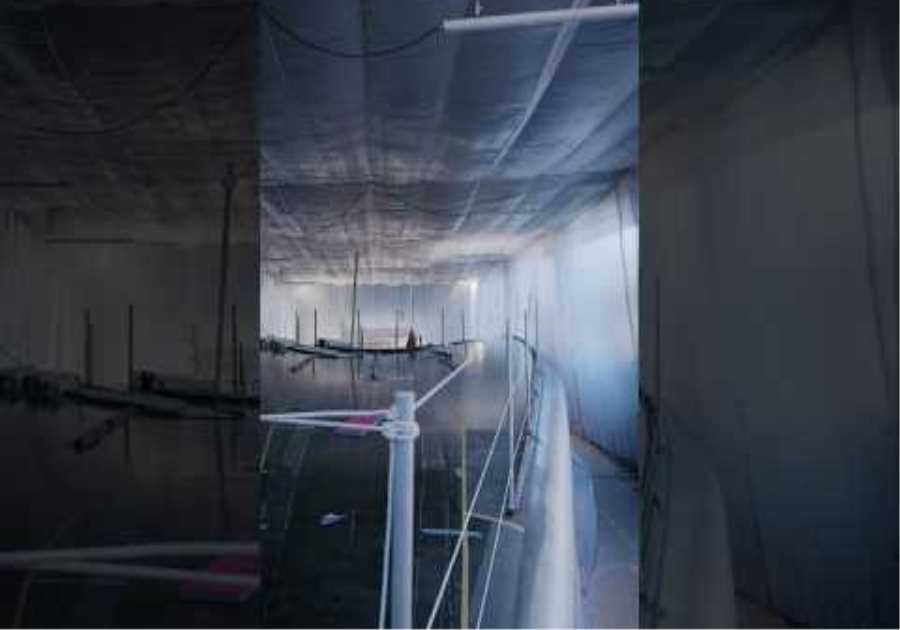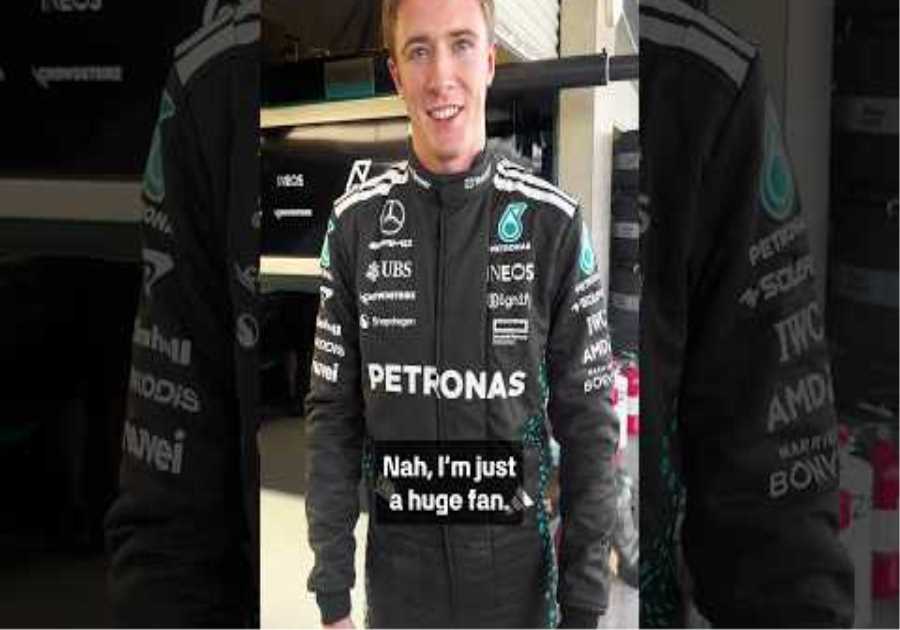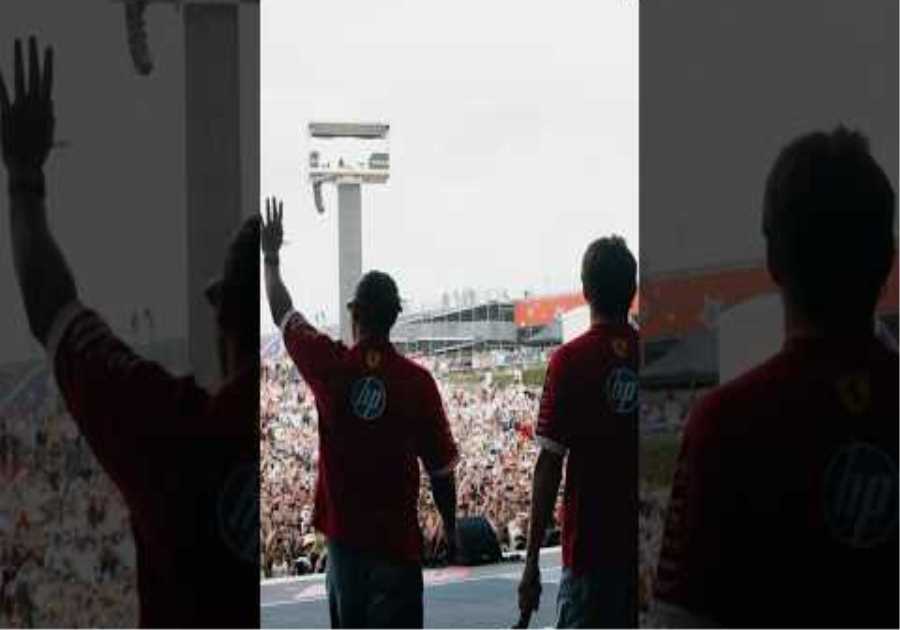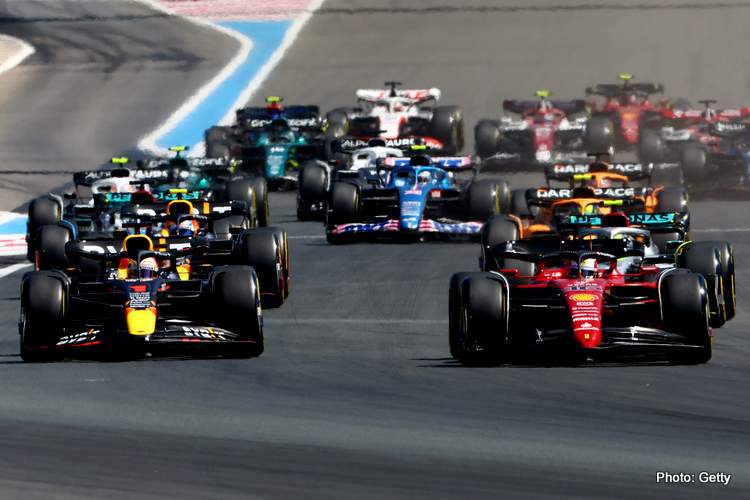
I must admit that in the days before the 2022 Formula 1 season had begun, and as the former regulatory era came to an end, I was convinced that the increasingly prescriptive regime that was dawning upon the sport at the highest level was going to be the Beginning of the end for technical innovation.
This saddened me because innovation was one of the very founding principles on which F1 was founded.
I am happy to admit, though, that as the well earned summer break nears its conclusion, and I have had time to ponder on whether my sorrow was well founded or not, that I was indeed mistaken.
In 2022 innovation is still alive and kicking in F1, and because of this I have decided to celebrate the fact by listing some of the innovations observed so far this year.
The Mercedes NoPod W13
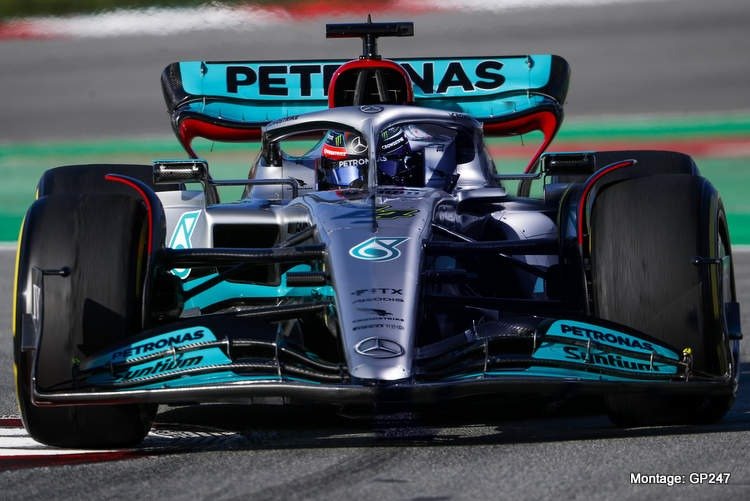
Forget about porpoising, forget about flexing floors, and forget about sore necks and backs, because the minimalistic sidepod concept introduced on this years Mercedes, the W13, was arguably the greatest design risk taken in decades, and not only is it a beautiful piece of work, but as the team come to grips with some initial design flaws it is becoming highly effective, and it is probably the way of the future.
Obviously conceived with the intention of reducing frontal area and consequently aerodynamic drag, along with the resulting simpler floor edge lines that give better opportunity to condition edge flow and sealing opportunities, the no-pod design by nature has forced the Mercedes designers to deal with cooling system and weight placement in different ways, and they have used that to their advantage.
To be able to do this in what is probably a not so desirably three dimensional position, it is then critical to reduce the mass of the component as much as possible, and this is where it gets exciting.
It has been reported that in accordance with an optimal type of intercooler, with the minimum mass possible, Mercedes has taken the not-so-common avenue of a usually heavier but more effective water-air exchanger, rather than the more widely accepted lighter but less effective air-air exchanger, and engaged UK space industry leader Reaction Engines of Oxfordshire, to consult for them in the development of the lightest and most effective water-air exchanger they can.
The Aston Martin High Downforce Rear Wing Endplates
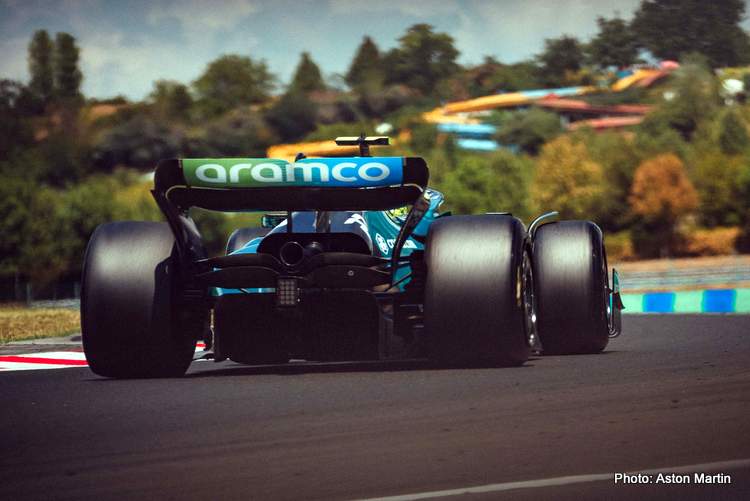
One of the great things about F1 is that innovation isn’t solely a domain belonging to the most successful, but rather it is the domain of all, and at the most recent Grand Prix in Hungary we were privileged to see precisely that.
Aston Martin, who are hardly midfield contenders in 2022, released their new barn door, their high downforce rear wing with a neat innovation to the endplates that whilst not necessarily in “the spirit” of the 2022 regulations (God, I hate that cliché! ), which is technically correct to the letter of the law.
Aston Martin took an approach that seemed contradicted the regulative intent of aesthetics and a cleaner rearward flowing aerodynamic wake and used an inwards rolled apostrophe resembling endplate top edge that extended above the wing mainplane to create a junction between them extending the mainplane without, theoretically increasing the efficiency of the rear wing without increasing drag.
Or so the theory goes.
Time will tell, but full credit must go to Aston Martin for taking the risks associated with innovating at a time when they are probably scratching their heads more often than not in chasing even baseline performance.
Ferrari Babybel Cheese Sidepod Design
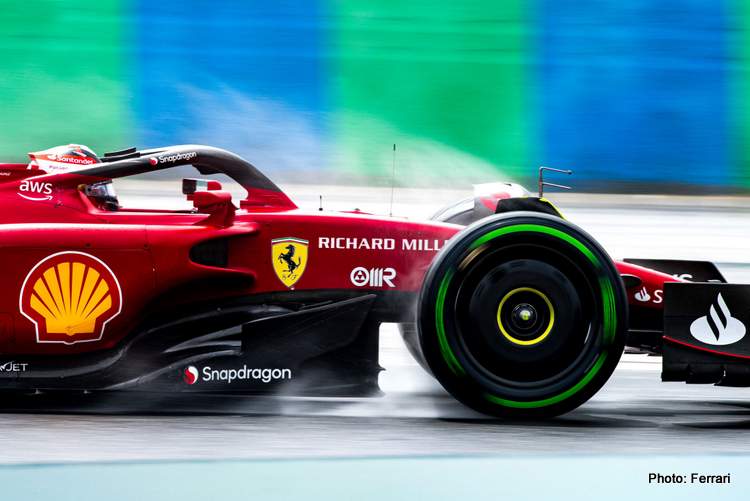
Have you ever taken the red waxy skin from one of those little Babybel cheeses and squashed it up in your hand?
Give it a go and compare it to a photo of the sidepods of Ferrari’s F1-75 and you might notice a resemblance.
As flowing and impressive as it might look, the design is obviously functional, and it seems to work.
The design appears to take airflow over the top of the sidepod, channel it around the engine cover and coke bottle reduction at the rear and deflect it up to the rear beam wing and energize it, and probably gaining points of rear downforce.
Nevertheless, it would seem to be no coincidence that as the air flow moves rearwards it is also interacting with the engine cover shark gill cooling vents and being further energized by the warmer air as it exits, probably adding to the downforce gains at that rear beam wings
Floor Edge Conditioning
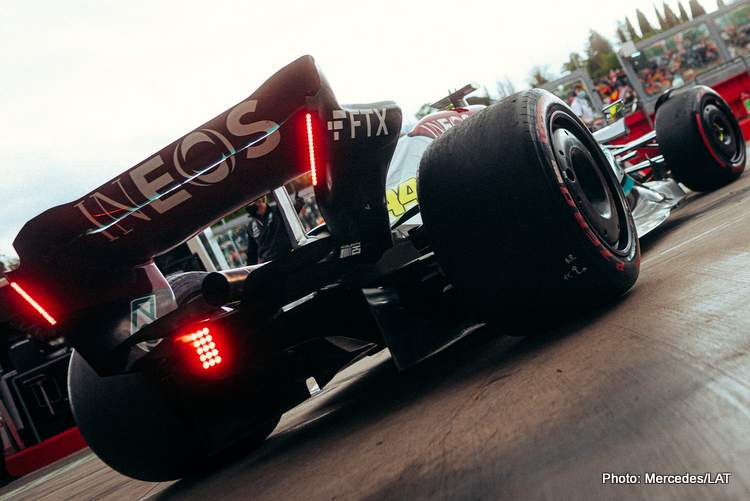
Initially, it had appeared that the new technical regulations for 2022 had tidied up and simplified much of the aesthetic aspects of an F1 design, particularly the complex and not-so-elegant bargeboard areas with their intricate appendices that seemed to be continually growing in number and complication as time passed, and that the new f1 car had returned to a more classic and uncomplicated look.
However, as time has passed and the teams have gained more practical experience of ground effect cars, they have also come to a better understanding of the critical nature of the upper surfaces of the floor edge, its aerodynamic interaction with the venturi tunnels, the need to condition flow in certain areas, and to generate vortices and use their associated pressure differentials to effectively seal the tunnel flow to the ground, increasing downforce.
The result of this need is an incredible level of detail on the floor edging of all cars.
What other 2022 innovations have been observed?
Given that 2022 the technical regulations are essentially the most restrictive that they have ever been in the history of the sport it will be understandable that technical innovation will be more subtle and understated as time passes and the new era matures.
Nevertheless, this is F1 after all by the sports very nature the wheels of innovation will continue to turn.
I have only listed a select few innovations that have come to mind, and there is no doubt that others exist, maybe even more obvious than those I have discussed, so please feel free to discuss them further in the comments section below.

